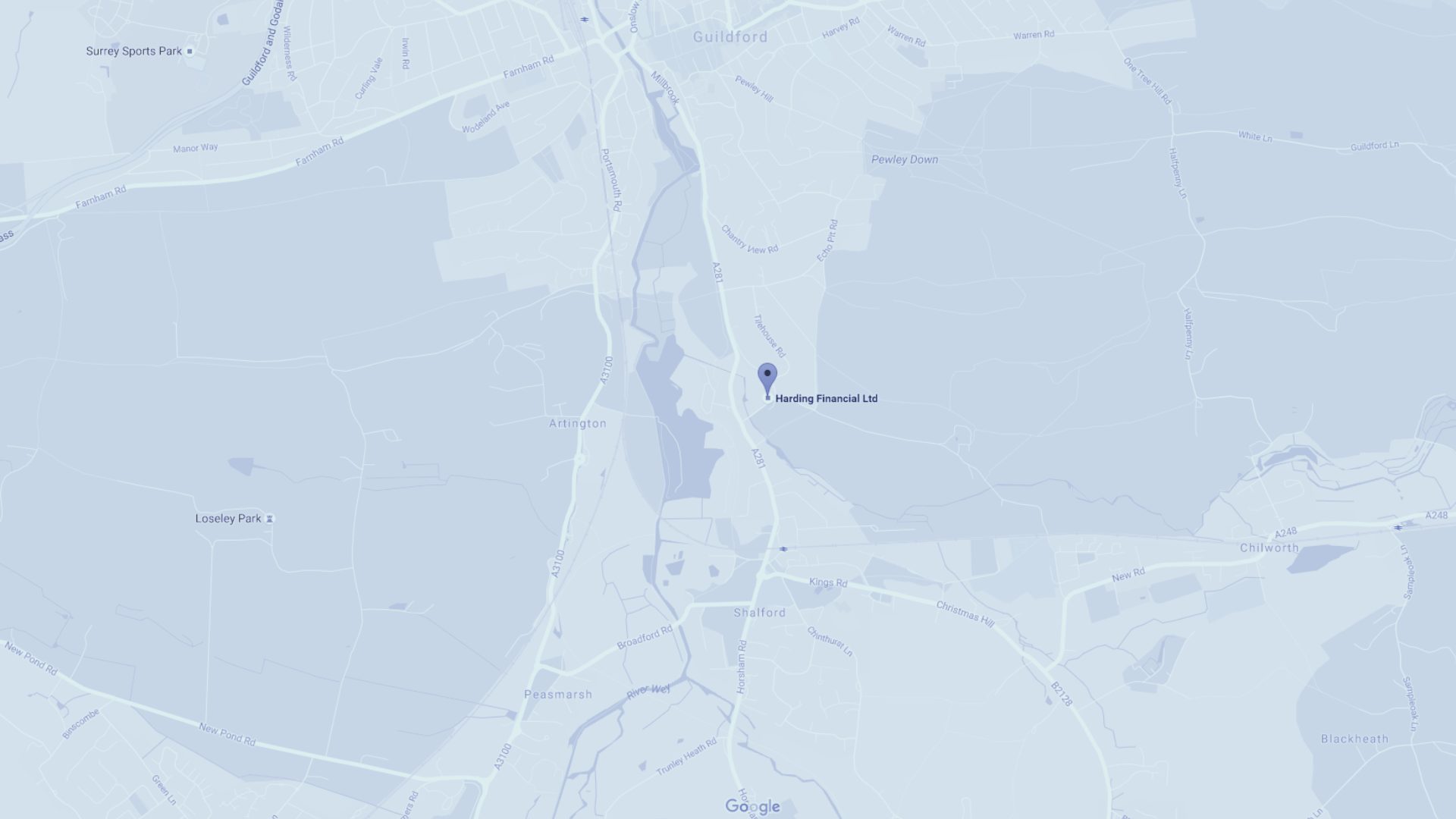
Automatic enrolment and pension contributions: COVID-19 guidance from The Pension Regulator (TPR) for employers
What do you need to know about the Coronavirus Job Retention Scheme and its impact on automatic enrolment duties?
Automatic enrolment and pension contributions: COVID-19 guidance from The Pension Regulator (TPR) for employers
It is a particularly challenging time for employers at the moment, made harder by the complexity of the Coronavirus Job Retention Scheme and how this impacts automatic enrolment duties! We want to help clarify matters for you, so this becomes one less challenge for you to handle.
Have my workplace pension duties changed?
Your automatic enrolment duties continue to apply as normal, including your re-enrolment and re-declaration duties. This is the case whether your employees are still working or are being furloughed as part of the Coronavirus Job Retention Scheme.
Do I have to continue paying pension contributions?
The obligation for you and your employees to make contributions is set out in your pension scheme’s rules or other governing documentation.
Your employees may choose to either reduce their contribution level (if the scheme rules allow this) or opt out or cease active membership of the scheme if they decide that is right for them at this time. However, you must not encourage or induce them to choose this option.
Any employee who reduces their contribution below the statutory minimum, or opts out, or ceases active membership, must be put back into the pension scheme at the next re-enrolment date provided they:
- Meet the criteria for re-enrolment.
- Opted out or ceased active membership more than 12 months before the re-enrolment date. If they have opted out or ceased active membership within the 12 months before the re-enrolment date you can choose to re-enrol them, but you don’t have to.
Unless an employee asks to opt out of their workplace pension or reduces their contributions, you and your employees must continue to make the contributions required under the scheme at the correct time.
Any employee contributions you deduct from their wages must be paid to the scheme and not used for any other purposes.
Are you struggling to make pension contributions?
The government recently announced that the Coronavirus Job Retention Scheme would include the employer’s statutory minimum auto enrolment contribution. If you make a claim for a grant (to cover the lower of 80% of furloughed worker’s salary or wage or £2,500 per month), you will also be able to claim the statutory minimum employer pension contribution on those wages.
If you think you may not be able to make your pension contributions, contact your provider in the first instance to explore whether there is flexibility to change the due date for payment of employer contributions to a future date or, whether they may be able to help you plan to pay contributions over a longer period. You could also consider using the government support packages, which are there to help with cash flow.
How does the Coronavirus Job Retention Scheme affect payroll and pension processes?
Even if you are making a claim under the Coronavirus Job Retention Scheme, your normal payroll process still runs as usual. Deductions such as tax and national insurance contributions as well as pension contributions will continue to be made from your furloughed employees wages and paid as usual. You and your furloughed employees pension obligations remain unchanged and you will still upload the contribution schedules to your pension provider.
The Job Retention Scheme does not require you to make any changes to your existing pension arrangements or your payroll processes. The current scheme rules and contribution requirements will continue to apply. When you pay your employees, you will run your pension contribution calculation as you do normally.
Some employers calculate their pension contributions on a different basis and do not use banded qualifying earnings. This may be because they have chosen to certify on another basis, such as set one (basic pay), set two (pensionable pay) or set three (full earnings).
Where this is the case you will calculate and pay your pension contribution as normal. However, you will also need to calculate 3% of the qualifying earnings of your furloughed employee as part of the process for making the claim for the total grant under the Coronavirus Job Retention Scheme. This is in addition to your existing pension contribution calculation in payroll not instead of it.
What if we are paying more than the statutory minimum contribution?
Many employers might pay more than the statutory minimum auto enrolment contribution included in the grant under the Coronavirus Job Retention Scheme because:
- You choose to pay your furloughed employee more than 80% of their salary or more than £2,500 a month.
- The furloughed employee is an active member of a defined benefit (DB) pension scheme or a DB member of a hybrid pension scheme.
- You choose to use certification for your defined contribution (DC) pension scheme (sometimes known as a ‘money purchase scheme’) and the scheme rules or governing documentation may require contributions from the first penny of earnings.
- Under the scheme rules, your contribution rate is higher than 3%.
- Under the scheme rules, you pay the total contribution and your employee does not pay any: this will be the case if you use salary sacrifice on pension contributions.
If you are paying more than the auto enrolment statutory minimum contribution, the excess will not be funded by the Coronavirus Job Retention Scheme. You should continue to make the correct contributions due under the scheme and in this case will have to pay a proportion of the pension contribution cost yourself.
Can we reduce our employer contribution to the statutory minimum?
If you use a DC pension scheme and your employer contribution under your scheme is more than the statutory minimum, you may be able to decrease it to the statutory minimum. However, you cannot legally reduce your contributions to below the statutory minimum.
There are several factors you should consider when deciding to decrease the employer contribution, including:
- Your employment contracts with your employees and whether any changes need to be made, by agreement. You may wish to seek legal advice on the process.
- Any agreements you have with recognised trade unions or other employee representative forums to discuss or notify of such changes.
- The rules or governing documentation of the pension scheme you use, whether these currently permit you to reduce your contributions to the statutory minimum or whether you will need a change to the scheme rules. If the pension scheme you use is a Group Personal Pension it is unlikely that the contract permits a reduction and you and your furloughed employees may need to enter into new contracts with the provider. If you are unsure of your scheme provisions, you should speak to your provider or give us a call and we will assist.
- Who has the power under the rules to make changes if you have a trust-based scheme? This might be you or the trustees, or a shared power. If the power is a trustee power or shared power, you will need to engage with the trustees of your scheme. Even if you have the power to amend the scheme rules, it is recommended that you notify the trustees beforehand.
- Whether there are rules that apply under pensions legislation, even if employment law permits. For example, employers with at least 50 employees with a DC pension scheme, are legally required to consult with members if they are making changes that decrease employer contributions.
Do we need to consult with our employees on changes we’re looking to make to the pension?
The requirement under pensions legislation to consult on certain changes only applies if you have at least 50 employees.
Before you decide to decrease the employer contribution you must carry out a consultation in accordance with several rules. These rules include that the minimum period of consultation must be 60 days.
However, if all the following apply, The Pensions Regulator will not take regulatory action in respect of a failure to consult for the full 60 days:
- You have furloughed employees for whom you are making a claim under the Coronavirus Job Retention Scheme.
- You are proposing to reduce the employer contribution to your defined contribution (either personal pension or money purchase) scheme in respect of furloughed employee only. For employees who have not been furloughed the existing pension contribution rate will continue to apply.
- The reduced contribution rate for furloughed employees will only apply during the furlough period, after which time it will revert to the current rate.
- You have written to your affected employees and their representatives to describe the intended change and the effects on the scheme and on your furloughed employees.
What is happening with re-enrolment?
Many smaller employers are approaching or carrying out their first re-enrolment of employees. The Pensions Regulator will continue to write to you with information and support on how to carry out your re-enrolment duties and complete your re-declaration of compliance, recommending that you assess your employees for re-enrolment on the third anniversary of your staging date or duties date.
You cannot use postponement at re-enrolment. However, if you are struggling to complete your re-enrolment duties due to the coronavirus pandemic, you can choose a later date up to three months after your third anniversary. You can use the Regulators re-enrolment date tool to see your available dates or contact us directly for assistance.
The Pension Regulator have further advised that they will take a proportionate and risk-based approach towards enforcement against those who fail to meet their duties.
If you fancy a chat about auto enrolment, free of charge, then please give us a call on
Contact Us
Get in touch today
Call us, email, drop in, or fill in the form so that one of our expert advisers can be in touch.
We look forward to hearing from you and being your financial partner.
Guildford Office:
The Estate Yard
East Shalford Lane
Guildford
Surrey
GU4 8AE
London Office: c/o The Ministry, 79-81 Borough Rd, London, SE1 1DN
